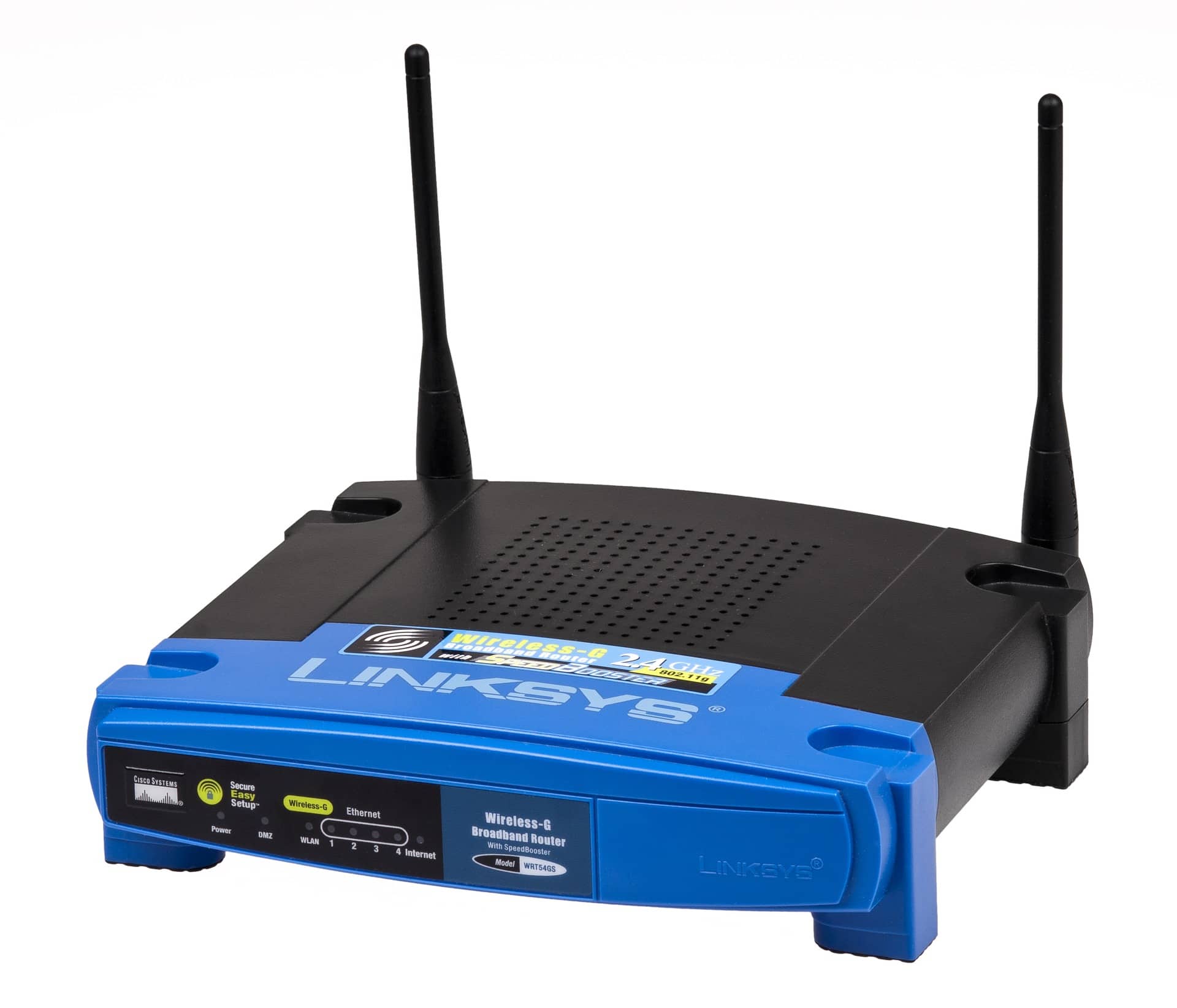
Every program of a site that you use, which requires the password for proceeding with information access or resource usage will have a series of steps that can be followed to change the password that exists already. Wi-Fi is great for keeping you linked, but a poorly fortified Wi-Fi can put your personal information at menace. Keeping your router password safe and changing the password are vital secrets to protect your data and network.
It is worthwhile to change the password regularly because it enhances security and also blocks your cheap neighbors from thieving your bandwidth. For example, email providers such as Yahoo! and Gmail have their procedure for changing the password. When you choose it, make sure that it is a secure one by selecting a strong password that one cannot afford guess easily. The password you select should be a combination of uppercase and lowercase letters, numerals and special characters. Therefore, to modify your Wi-Fi password, you will need to open the configuration page of your router, log in with your current credentials, and modify the password under the wireless settings menu. Here are more steps that will guide you on how to change a wi-fi password.
How to Change a Wi-Fi Password in Windows:
1. Open your router’s configuration page to find the IP address
Usually the standard router addresses are 10.0.1.1 (Apple), 10.0.0.1 (Xfinity), 192.168.2.1, 192.168.0.1, and 192.168.1.1.Finding your IP Address is an essential thing to do whenever you need to change your password. Most routers provide a web-based administrative interface that you can access via your browser or via a website browser on a computer that is connected to your network. If you cannot connect through Wi-Fi because you can’t remember your password, you need to use an Ethernet cable by connecting your PC directly to the router.
After that, you can enter the addresses into your browser address bar and if none grants you access to your configuration page, opening the Command Prompt when you press the Windows key + R and enter cmd. At the Command Prompts you, type in the command ipconfig and then press Enter. In your results, search for the section that shows your current network connection. The router’s IP address will display to the right of the Default Gateway entry.
If all otherwise fails, press and hold the Reset button on the router for approximately 30 seconds to return it to the factory default settings. After that, search the default address for that router model and enter it into your browser. Some routers offer different administration interfaces while others come with configuration software. So be sure to check for specific instructions for your router. It is an important step on how to change the wifi password.
2. Access the web interface
You will have to access the web interface of your router. Open up the browser you prefer and type the IP address you got into your address box, and then press Enter. Since every router will require a username and password before you can access the innards, you’ll be asked to enter the router’s username and password to log in. If you have never changed these details before, you will be utilizing the default login credentials. Chances are the username is “userAdmin,” or “admin” and the password is “admin,” or your current Wi-Fi’s password.
If you can’t evoke out the authorizations, you can look them up. Your router’s guidebook likely has the information—through most routers include a guide in PDF rather than a printed manual. You could also try carrying out a web search for the default password and your router model.
If you’ve altered the login in the previous and since failing to recall it or received the router as a second-hand, and the past owner did not reset it, you will have to press and hold the Reset button on the router for about 30 seconds. It will reset the settings to defaulting, allowing you to log in with the default username and password.
3. Change the password and username
In most cases, a strong password is at least eight characters long. So, search for the box labeled passphrase shared key or password and key in your new password. Some routers will ask that you type the password again to ensure that you entered it correctly. Ensure that the password has a liberal amount of numbers, special characters, and random cases. Try to create a strong password that is not related to anything personal that would be difficult if not impossible to guess. And while you are here, move forward and ensure that you are using a highly secure authentication technique that you can find. And in case you have not changed your network name, you can do so by choosing a name that has no personally identifiable information, as the title will broadcast publicly.
4. Check out your security type.
WEP, WPA2, and WPA are all varied encryption standards that are used by your wireless network. All Wi-Fi routers are capable of some form of encryption, and this prevents people from accessing information and connecting to the system without the right key. It is not recommended to Select WEP, because WEP encryption is very easy to break. Thus, switching to WPA or WPA/WPA2 is vital. This step is critical when searching for answers on how to change the wifi password.
5. Save your settings.
After entering the new Wi-Fi network passphrase and name, click the Apply or Save button or a button that has a similar name to save all your settings. The button’s location is different for every router, but usually, it appears at the top or bottom of the page. The router will take a few moments to process the change. If you have a connection to the web of your router interface over Wi-Fi, your gadget will disconnect as the router is shutting down its old Wi-Fi network and brings up a new one. After changing the setting of your router, you will have to reconnect all the wireless devices to the wireless network that has a new name and key in the new Wi-Fi password.
Conclusion
Wireless networks have made it easier than ever to access the Internet anywhere in your home. Almost everyone with an Internet connection will have a Wi-Fi router. It allows multiple devices to connect to it without wires and it also means that other people could be accessing your network. Thus, if you have a Wi-Fi network in your home, then you need to do everything you can to secure it. The above guidelines elaborate on how to change a Wi-Fi password to help secure networks and also keep your files and personal data safe. This guide will assist you if you were not sure how to change a wi-fi password.






